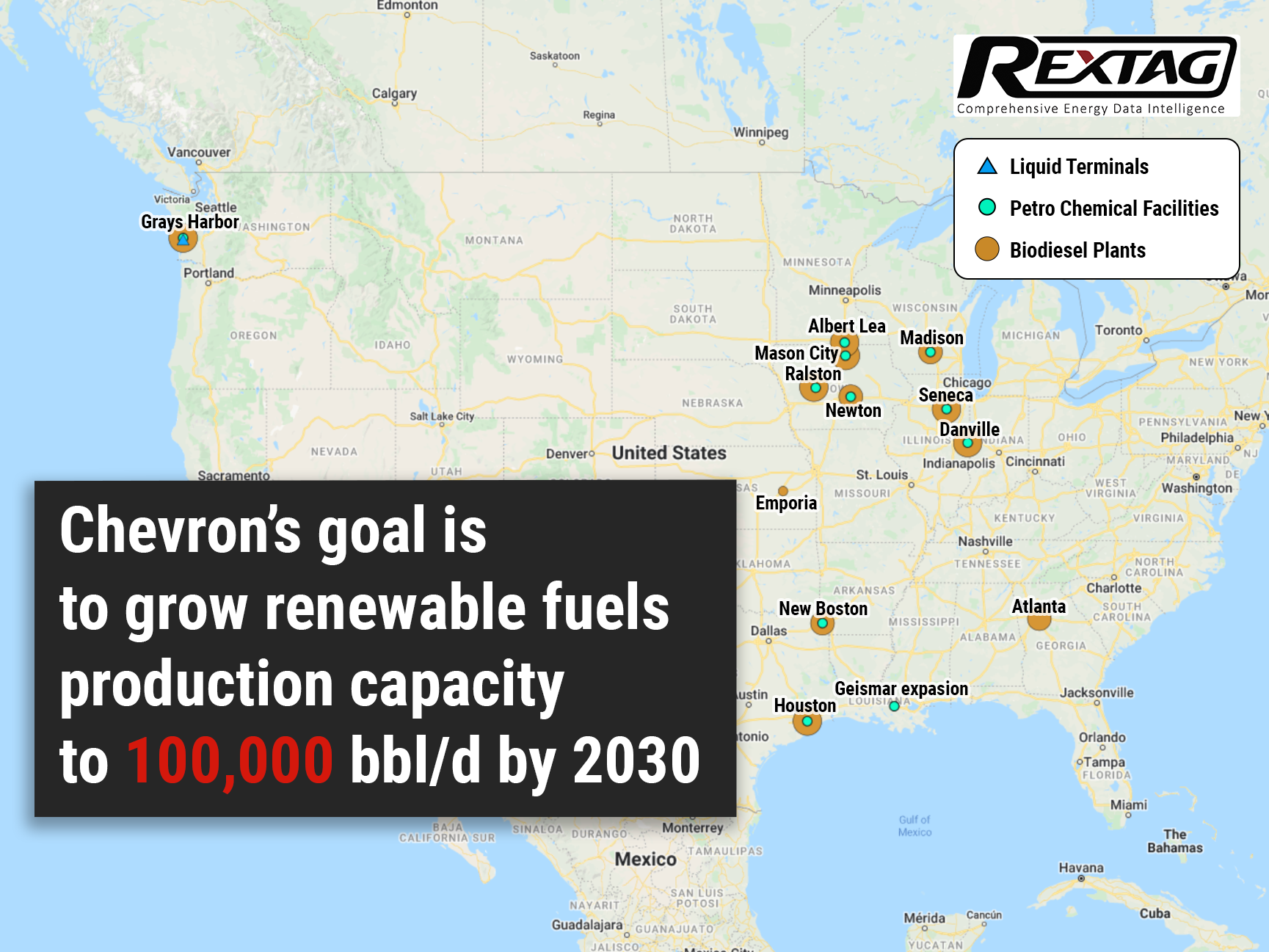Blog
Since days when shale oil and gas technologies were discovered, the U.S. energy industry has been evolving more rapidly than ever before. Many changes are amazing especially when you put them on an industry map. At Rextag not only do we keep you aware of major projects such as pipelines or LNG terminals placed in service. Even less significant news are still important to us, be it new wells drilled or processing plants put to regular maintenance.
Daily improvements often come unnoticed but you can still follow these together with us. Our main input is to “clip it” to the related map: map of crude oil refineries or that of natural gas compressor stations. Where do you get and follow your important industry news? Maybe you are subscribed to your favorite social media feeds or industry journals. Whatever your choice is, you are looking for the story. What happened? Who made it happen? WHY does this matter? (Remember, it is all about ‘What’s in It For Me’ (WIIFM) principle).
How Rextag blog helps? Here we are concerned with looking at things both CLOSELY and FROM A DISTANCE.
"Looking closely" means reflecting where exactly the object is located.
"From a distance" means helping you see a broader picture.
New power plant added in North-East? See exactly what kind of transmission lines approach it and where do they go. Are there other power plants around? GIS data do not come as a mere dot on a map. We collect so many additional data attributes: operator and owner records, physical parameters and production data. Sometimes you will be lucky to grab some specific area maps we share on our blog. Often, there is data behind it as well. Who are top midstream operators in Permian this year? What mileage falls to the share or Kinder Morgan in the San-Juan basin? Do you know? Do you want to know?
All right, then let us see WHERE things happen. Read this blog, capture the energy infrastructure mapped and stay aware with Rextag data!
Chevron (CVX) Set to Purchase PDC Energy for $6.3B
Chevron Corp. has finalized the acquisition of PDC Energy Inc.'s land holdings in the Denver-Julesburg and Permian basins. Chevron Corporation (CVX) has announced its intention to acquire PDC Energy, Inc. (PDCE) in an all-stock deal valued at $6.3 billion. Under the agreement terms, PDC stockholders will receive 0.4638 Chevron shares for each PDCE share, bringing the total enterprise value to $7.6 billion, inclusive of debt. The acquisition is seen as a strategic step to enhance Chevron's position in vital U.S. production basins, unlocking new opportunities and potentially driving higher returns. As part of the agreement, Chevron will issue around 41 million shares of common stock at the deal's closure. Both Chevron's and PDC Energy's boards of directors have unanimously approved the acquisition.
Chevron Announces Intent to Divest Oil and Gas Properties in New Mexico and Texas
According to Reuters, Chevron has recently made additional assets available for acquisition in both New Mexico and Texas. As part of its strategy to streamline operations following significant shale acquisitions, Chevron is reportedly offering multiple oil and gas properties for sale in New Mexico and Texas. Marketing documents reviewed by Reuters reveal the company's intention to divest these assets. Despite its prominent position as the largest publicly-traded oil and gas producer and property owner with 2.2 million acres in the Permian Basin of West Texas and New Mexico, Chevron has been actively divesting properties in the region. This divestment aligns with Chevron's efforts to optimize its portfolio and focus on its core operations.
Streamlining ESG Management in Oil & Gas: Simplify Compliance with the Latest Standards
To effectively manage ESG issues in O&G companies, a comprehensive approach is required, addressing multiple managerial issues. First, ESG considerations must be integrated into the corporate strategy, setting goals that align with business objectives, reflected in budgeting, capital allocation, and risk management. Accurate and efficient collection, management, and reporting of ESG data is necessary for identifying relevant metrics and indicators, such as greenhouse gas emissions, water consumption, and social impact indicators.
Exploring ESG in Upstream Operations: Examining Achievements, Obstacles, and Emerging Patterns
ESG considerations are becoming increasingly essential for companies operating in the upstream sector. Failure to address ESG concerns may result in financial and reputational risks, given the growing focus from investors, regulators, and other stakeholders. Companies must prioritize ESG performance and engage with stakeholders to address concerns and mitigate risks. By doing so, they can improve their reputation, attract investment, and contribute to a more sustainable future
A&Ds in O&G forecast for 2023, trends and factors that influence this
“Our view is in 2023 M&A picks up. There was some this 2022 year, but again, it was such a funky, weird macro world. We expect fewer surprises in 2023.” — Dan Pickering, Pickering Energy Partners. Modern companies in the world operate in a rapidly changing external environment, so the process of reorganization is one of the basic tools for solving the problem of adapting companies to new conditions. Recently, the number of Acquisitions and Divestitures in the oil and gas industry has been growing rapidly, i.e. it can be said that the market for these deals is dynamically developing.
ESG - what are the criteria O&G companies should meet?
Most companies have plans in place to identify and manage the normal operational risks of enterprise asset management (EAM). But, it is equally important to consider the potential emergence of ESG risks that a company may face. While predicting events such as hurricanes, pandemics, and regulatory violations is difficult, preparing for or mitigating the impact can avoid potentially devastating effects on an asset-rich organization, as well as its employees and shareholders. As a reminder, ESG investing looks at three elements: environmental (E), social (S), and governance (G) issues, with stakeholders looking not only at the financial parameters of a transaction but also the non-financial parameters. For example, oil and gas companies should develop plans to restore power lines or pipelines after an earthquake or other natural disaster. These plans should describe procedures for how employees will access remote sites, which assets will be prioritized, what additional equipment will be needed, and how it will be obtained.
Blockchain as a technology for smart contracts in O&G
The oil and gas industry has long relied on the recommendations of trusted experts to make key supply chain decisions. The growing popularity of Blockchain technology could significantly disrupt these relationships by providing an unbiased methodology for sourcing, tracking, and executing transactions on behalf of customers with transparent data sets across supply chain endpoints. Blockchain technology has already been used by many global companies in the last two years in various areas such as IoT (Internet of Things), smart contracts, and cryptocurrencies. It has enabled businesses to benefit from the inherent trust and transparency of the technology.
Shell's Midstream Assets in TX and LA (Gulf area)
On October 19, Shell USA completed the almost $1.96 billion acquisition of the master limited partnership. The company paid $15.85 in cash for every common unit representing limited partner interests in SHLX not held by Shell USA or its affiliates. A subsidiary of Shell USA has 269,457,304 SHLX common units or roughly 68.5% of SHLX common units.
Cheniere’s LNG Is on the Next Level Due to Corpus Christi Expansion FID
According to CheniereEnergy’s board of directors announcement on June 22, the company declared the further expansion of its CorpusChristi, Texas. Moreover, the LNG plant could come sooner than expected due to the announcement of a final investments decision (FID) related to Stage 3 Liquefaction Project work at the export facility. It will ensure the capacity to ship 10-plus million tonnes per annum (mtpa) from 7 midscale trains. Furthermore, TudorPickering, Holt & Co. (#TPH) declared on June 23, that the possible ultimate capacity of the facility could be in the 11-12 mtpa range given 10.7 mtpa of long-term contracts have been signed with companies such as CPC, PGNiG, Sinochem, Foran, ENGIE, Apache, EOG and ARX CN. Additionally, Cheniere announced two sale and purchase agreements (SPAs) with #ChevronCorp.: Firstly, Chevron will obtain 1 mtpa of LNG from Sabine Pass Liquefaction LLC with deliveries considered to start in 2026. Deliveries will reach full capacity in 2027 and expire in mid-2042. Secondly, Chevron will obtain 1 mtpa of LNG from Cheniere Marketing LLC with deliveries considered to start in 2027 and continue for about 15 years. The purchase price for the LNG under both SPAs will be indexed to the Henry Hub price, plus a fixed liquefaction fee as Cheniere claimed. Since the expansion will have been completed, Cheniere’s aggregate nominal production capacity will be increased to more than 55 mtpa by the end of 2025 compared to 45 mtpa now. It will become a part of the industry-wide decarbonization movement away from coal and oil as this allows Cheniere to provide the global market with additional low-carbon fuels. First exports from the facility are anticipated in 2025.
All-in: Chevron Invests $3 Billion in Alternative Fuels
With the purchase of Renewable Energy Group Inc. for $3.15 billion, Chevron makes its largest investment in alternativefuels. This turn in investments highlights the shift in the world’s attitude toward climatechange. Since oil companies contribute heavily to global #emissions, governments and investors are increasingly urging them to reduce their #carbonfootprints and join the fight against emissions. As state and federal subsidies to decarbonize fuels increase, U.S. refineries have likewise increased the production of renewable diesel. In line with this, by 2050, Chevron aims to cut gas emissions to zero.
 to Acquire PDC Energy for 6.3B.png)
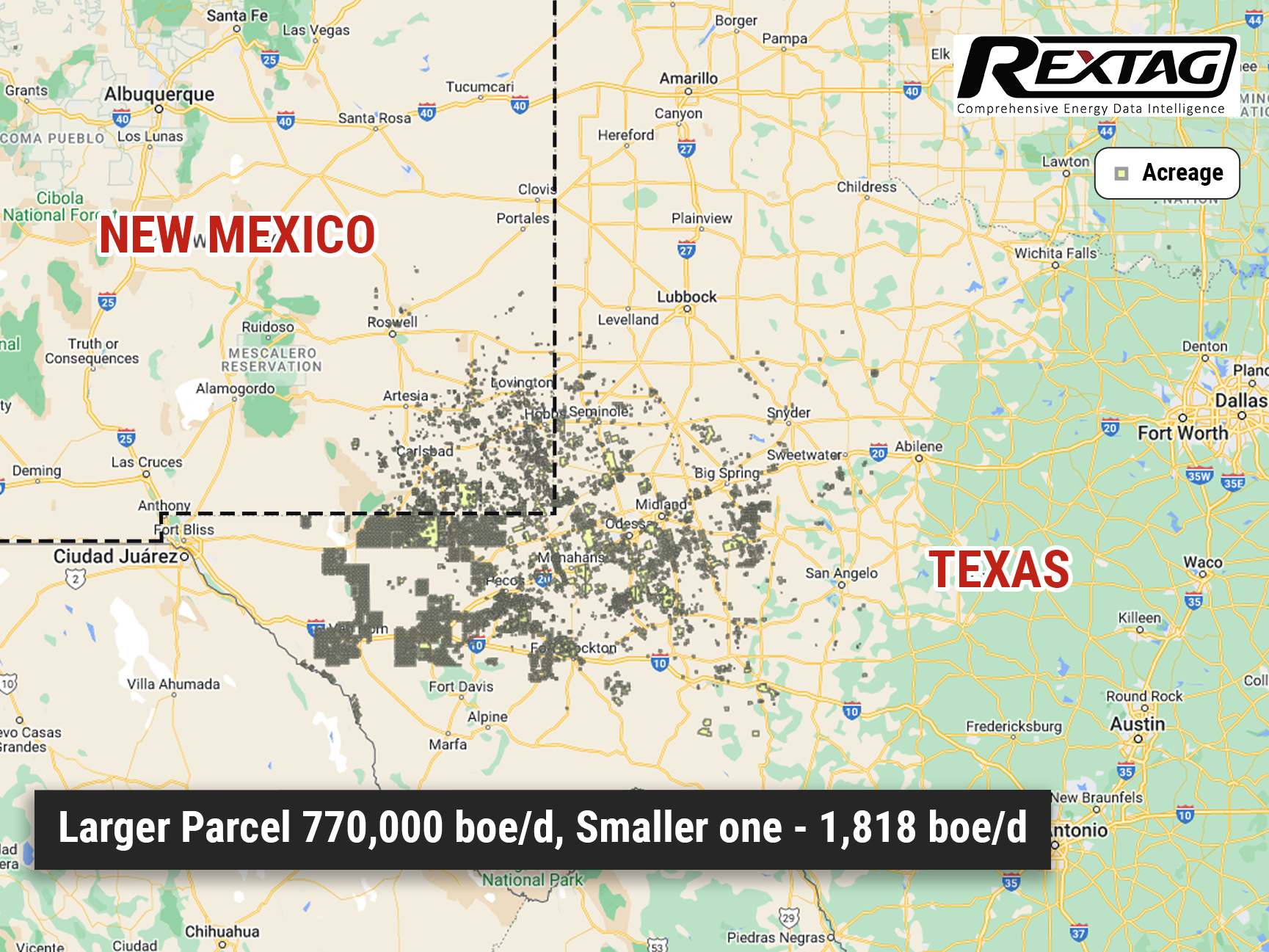
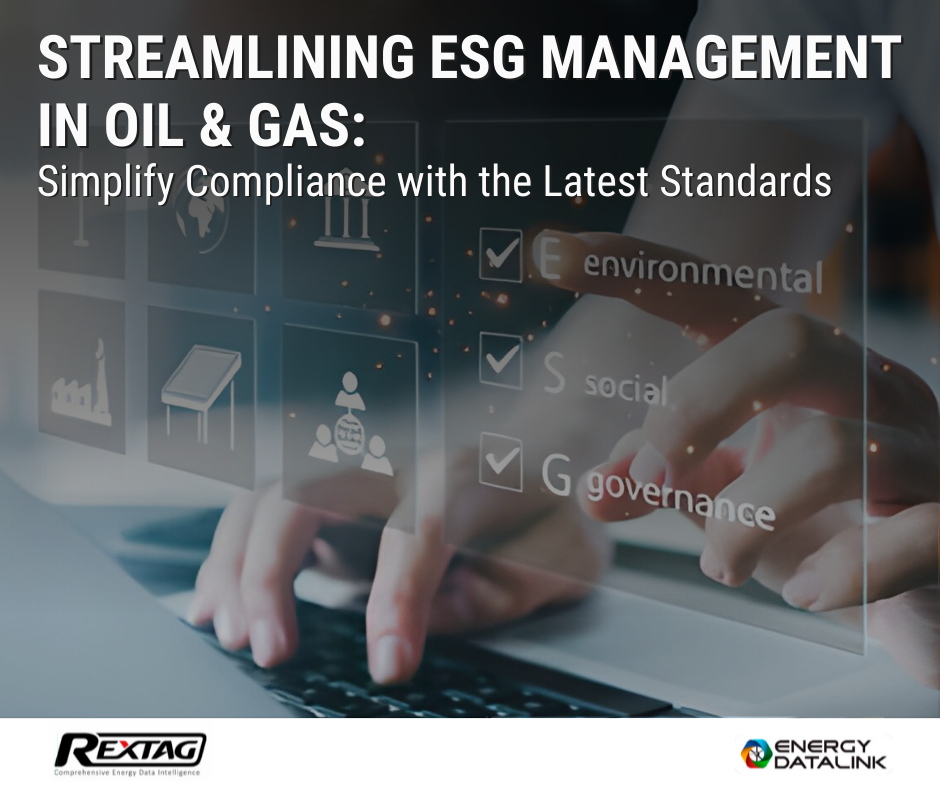
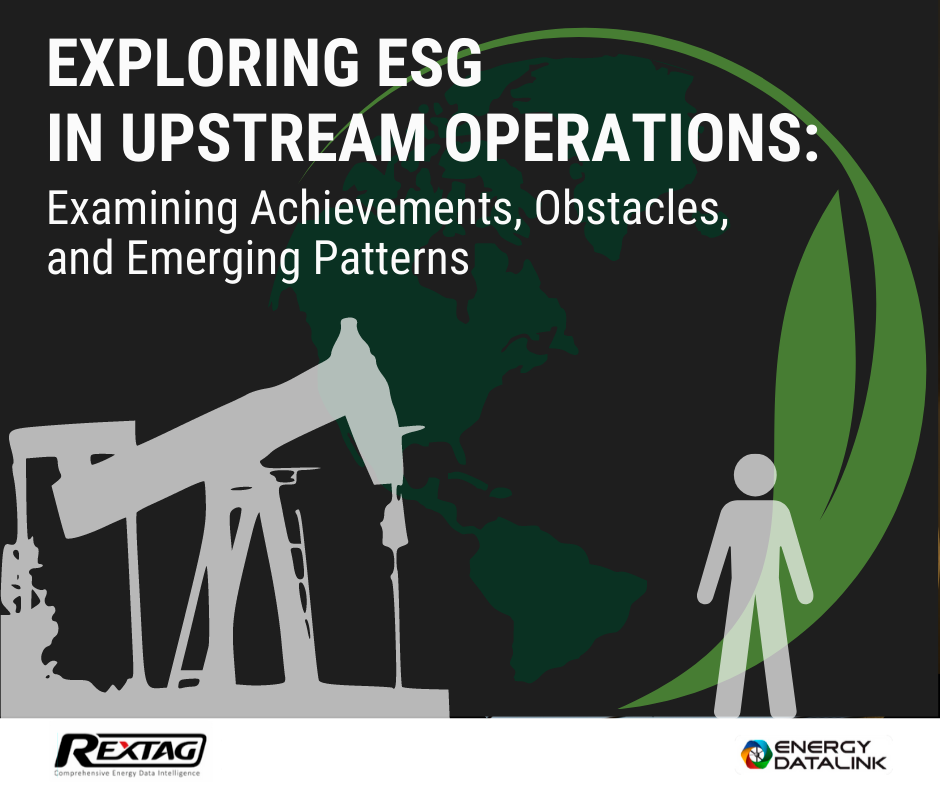
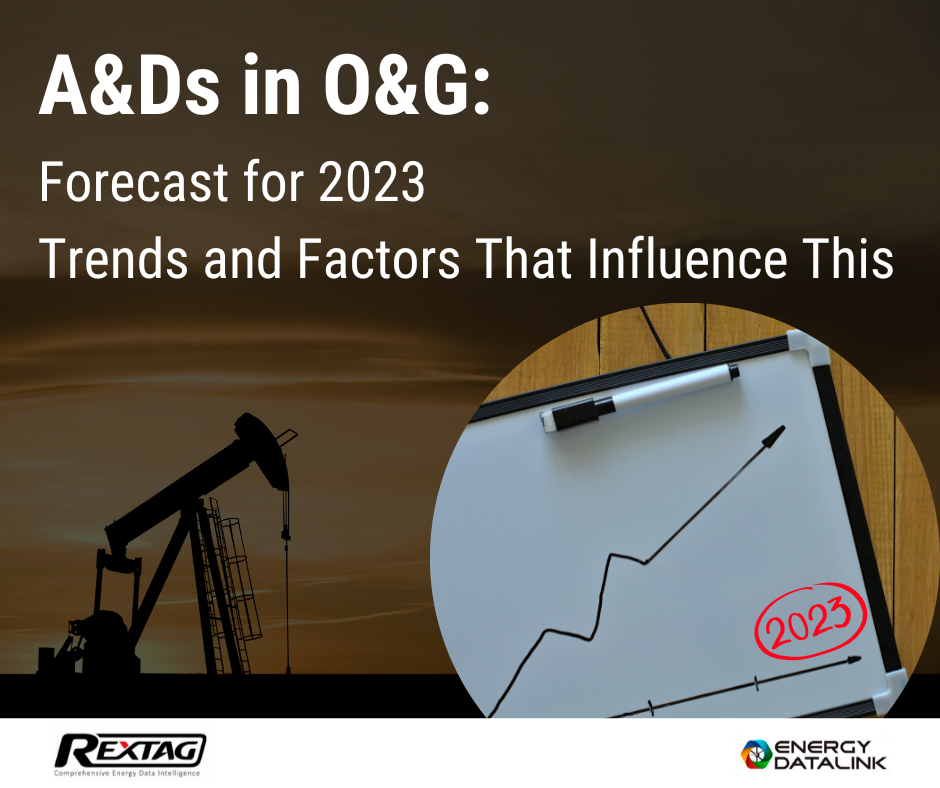
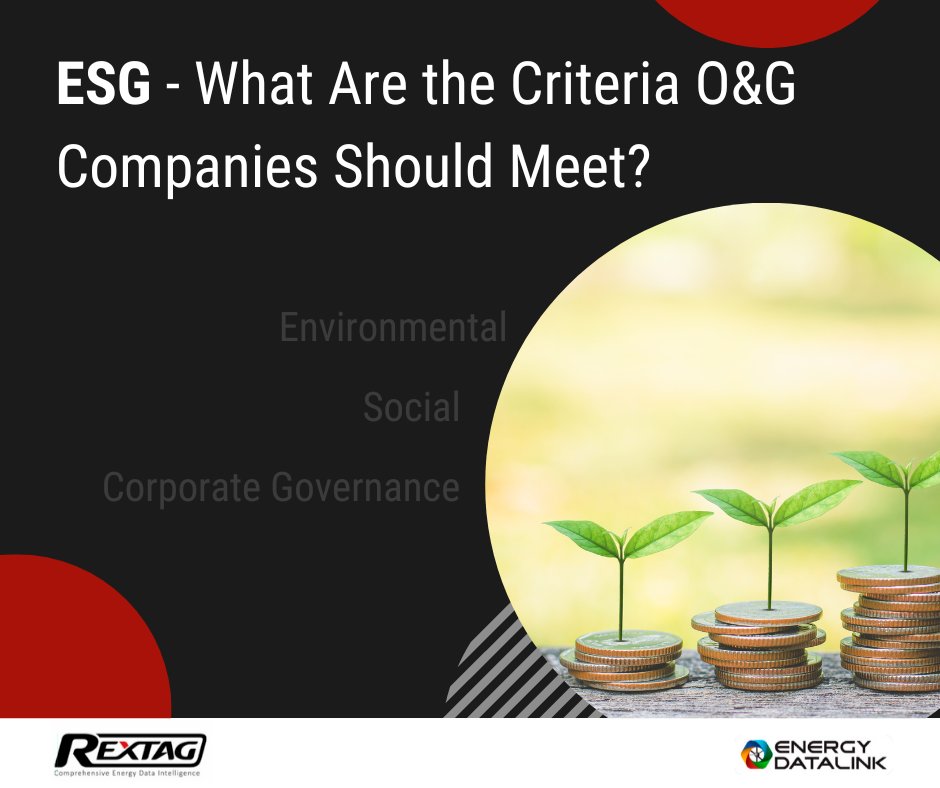

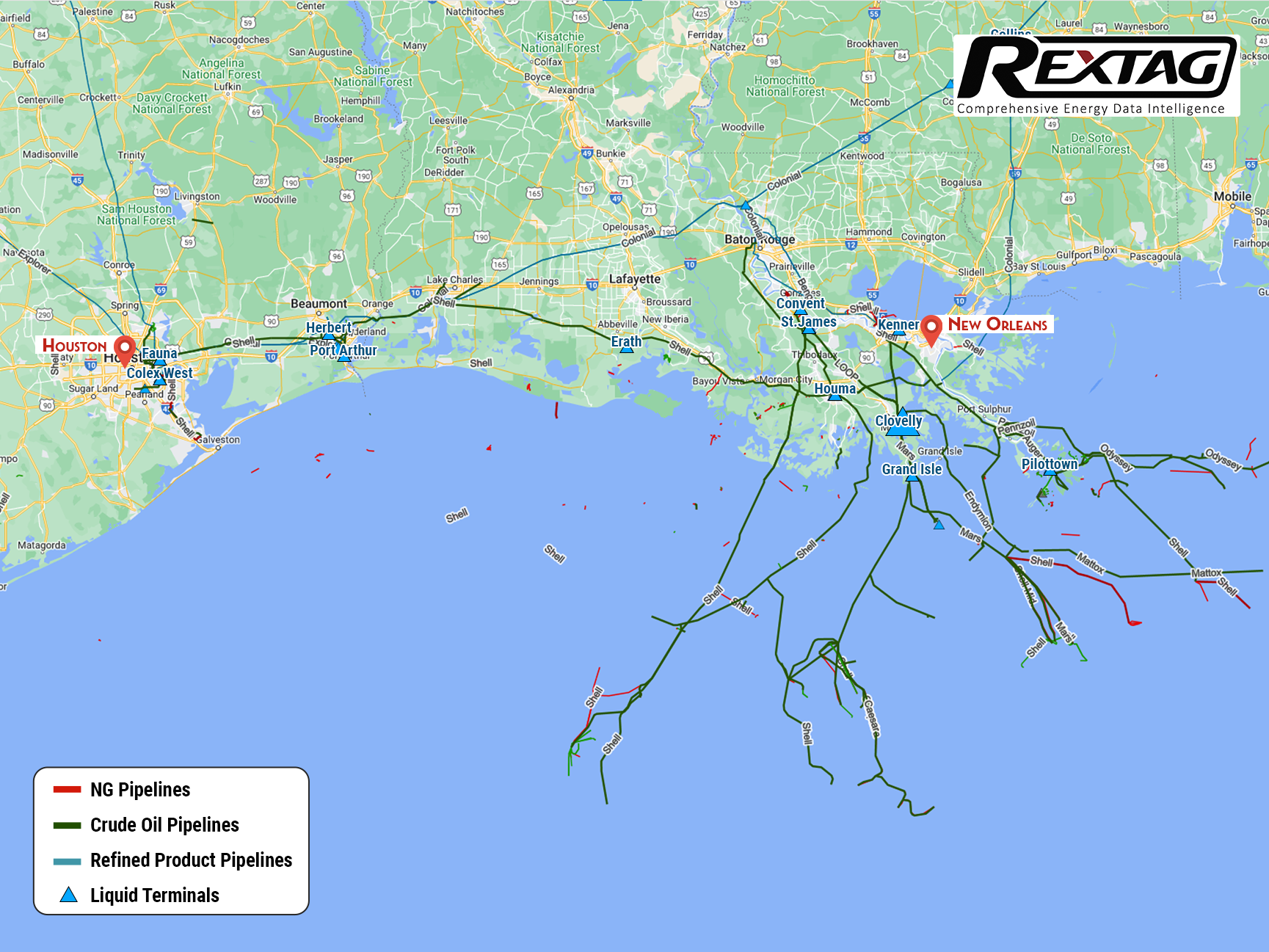
.png)
